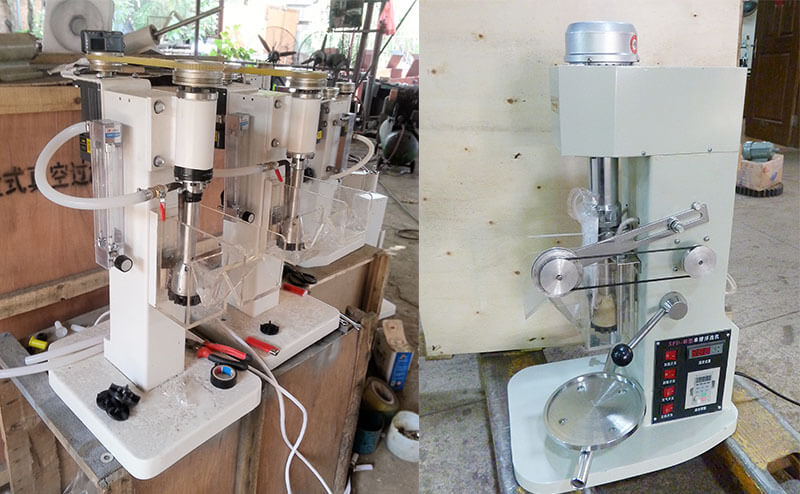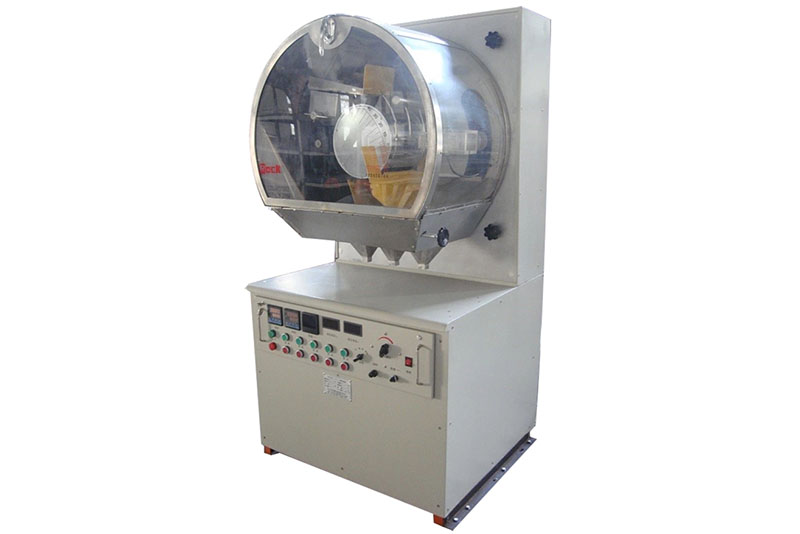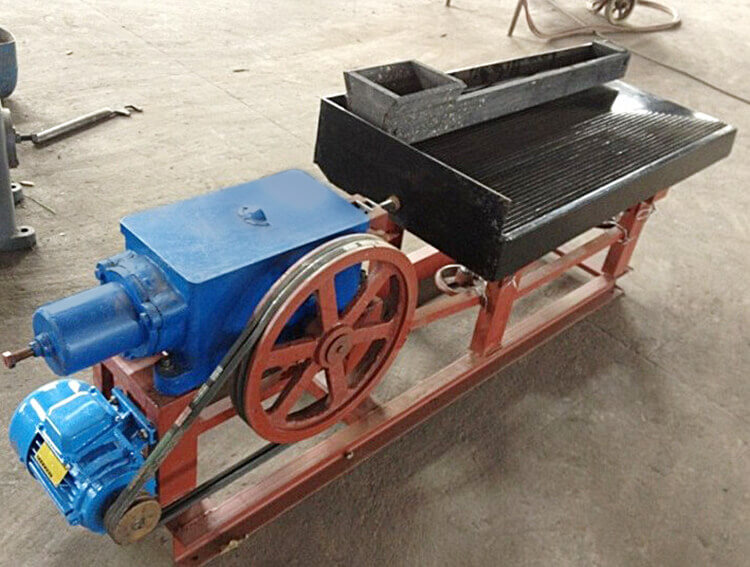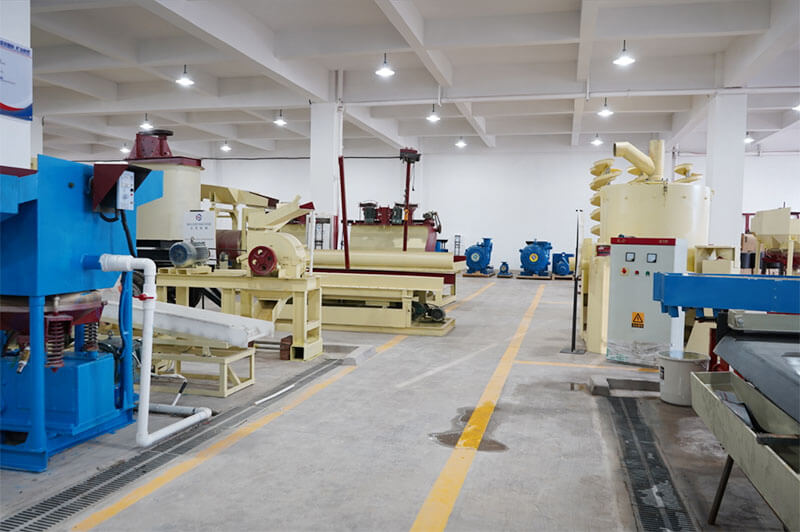Nickel is a critical metal that plays a vital role in various industries, including stainless steel production, batteries for electric vehicles, and electronics. As global demand for nickel continues to rise, driven by the transition to renewable energy and electric mobility, the need for efficient processing methods to extract nickel from ores becomes increasingly important. This blog delves into the nickel beneficiation process and highlights essential laboratory equipment for recovery.
Understanding Nickel Ore
Nickel is primarily found in two types of ores, each requiring different processing methods:
- Sulfide Ores: These are typically rich in nickel and include minerals such as pentlandite and chalcopyrite. They use flotation methods to enhance nickel concentration.
- Laterite Ores: Laterite ores contain nickel in hydroxide and silicate forms in the weathering of ultramafic rocks. These ores using hydrometallurgical techniques, including high-pressure acid leaching (HPAL).
Geological Formation and Extraction Challenges
Nickel ores are often located in remote areas, presenting logistical challenges like transportation and infrastructure development. Additionally, the complex mineralogy of nickel ores can complicate processing methods. To design an effective beneficiation process, one must carefully analyze factors like ore grade, mineral composition, and the presence of impurities.
Nickel Beneficiation Process
The goal of nickel beneficiation is to improve the concentration while removing impurities. This process typically involves several key stages:
A. Crushing and Grinding
Purpose: The initial stage of nickel beneficiation involves crushing and grinding the ore to reduce its size. This process liberates nickel minerals from the gangue, making separating them in subsequent stages easier.
Equipment: Commonly used equipment includes:
- Jaw Crushers: For primary crushing of large rock samples.
- Hammer Crushers: secondary crushing to achieve finer particle sizes.
- Ball Mills: For grinding ore to the desired particle size, facilitating optimal liberation of nickel minerals.
B. Concentration Methods
After crushing and grinding, it usually use several concentration methods to increase the nickel content in the ore. The most prevalent methods include:
Froth Flotation:
Overview: Froth flotation has wide applications in extracting nickel from sulfide ores. In this process, chemicals (reagents) are added to the ground ore slurry to selectively adhere to nickel minerals, causing them to float to the surface.
Process Steps:
- Addition of Reagents: Add collectors, frothers, and modifiers to the slurry.
- Agitation: The slurry is agitated, creating bubbles that capture the nickel minerals.
- Collection of Froth: Skim off the froth, while the remaining waste material sinks to the bottom.
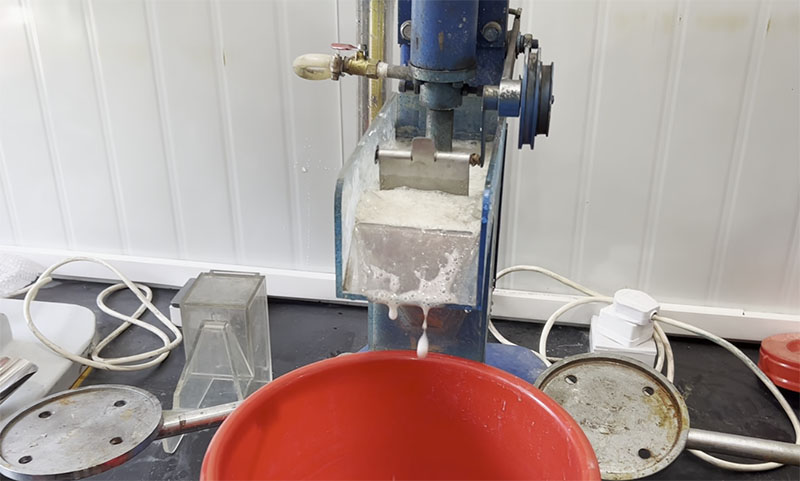
Magnetic Separation:
Overview: This method is most suitable for laterite ores, where nickel-containing minerals exhibit magnetic properties.
Process Steps:
- Crushing and Grinding: Crush and grind the raw ore.
- Magnetic Separation: The ground ore go through magnetic separators, which attract and collect nickel-rich minerals while rejecting gangue materials.
Hydrometallurgical Processes:
Overview: Hydrometallurgy involves using aqueous solutions to extract nickel from lateritic ores.
Process Steps:
- Leaching: The ore is treated with acidic or alkaline solutions to dissolve nickel.
- Separation: Separate the nickel-rich solution from the undissolved materials.
- Recovery: Recover the nickel from the solution through precipitation or solvent extraction.
C. De-watering and Drying
Once get the nickel concentrate, the next step is de-watering and drying to prepare the product for downstream processing or sale. This stage is crucial in minimizing moisture content, which can affect transport and processing.
Equipment Used:
- Thickeners: Increase the solids concentration in the slurry.
- Filters: Remove excess moisture from the concentrated nickel product.
- Dryers: Reduce moisture content further, ensuring the product meets specifications.
Lab Nickel Beneficiation Equipment
Laboratory testing is essential for optimizing the nickel beneficiation process. Proper lab equipment allows for accurate analysis and testing of different processing methods. Key lab equipment includes:
Laboratory Ball Mills
Used for grinding samples to the required size for testing, ensuring uniformity in particle size distribution.
Flotation Cells
Small-scale flotation cells enable the test of various reagents and flotation conditions, facilitating the optimization of the flotation process.
Magnetic Separators
These devices evaluate the magnetic properties of ore samples, helping to improve the efficiency of magnetic separation processes.
Leaching Equipment
Includes leach tanks and digesters for testing hydrometallurgical processes. This equipment allows for controlled experiments to determine optimal leaching conditions.
Screening Equipment
Used for particle size analysis and the separation of fine and coarse materials, ensuring the proper feed size for subsequent processing stages.
Sample Splitters and Crushers
Preparing representative samples for testing, ensuring that the samples reflect the characteristics of the entire ore body.
Chemical Analysis Equipment
Tools such as X-ray fluorescence (XRF) and Atomic Absorption Spectroscopy (AAS) are critical for determining the composition of nickel ores and concentrates, allowing for informed decisions in process optimization.
Importance of Laboratory Testing
Conducting thorough laboratory tests enables manufacturers to:
- Optimize reagent selection for flotation processes.
- Determine the ideal particle size for grinding.
- Evaluate the effectiveness of different concentration methods.
- Reduce operational costs and enhance overall recovery rates.
Innovations in Nickel Processing
The nickel processing industry is continually developes, with new technologies and methodologies. Innovations play a crucial role in improving efficiency and sustainability in nickel beneficiation. Key advancements include:
- Advanced Laboratory Techniques: New analytical methods and equipment allow for a more precise assessment of ore characteristics and process performance.
- Automation and Robotics: Increased automation in laboratory testing and processing facilities enhances efficiency, reduces human error, and allows for real-time monitoring of processes.
- Sustainable Practices: The industry is focusing on reducing environmental impacts through improved waste management, recycling water, and the development of low-impact processing methods.
- Digital Technologies: Data analytics and machine integration learning in processing can optimize operations, predict equipment failures, and enhance decision-making based on real-time data.
Conclusion
Effective nickel beneficiation is essential for meeting the growing demand for nickel in various industries, particularly in the context of the green energy transition. Investing in quality lab equipment and adopting innovative processing techniques are crucial for optimizing the nickel processing workflow. For manufacturers, exploring advanced lab equipment options can significantly enhance nickel beneficiation efforts, ensuring they remain competitive and sustainable in an evolving market.
By understanding the complexities of nickel ore processing and leveraging the right laboratory tools, companies can maximize recovery rates, improve product quality, and contribute to a more sustainable future.
JXSC lab mineral processing equipment manufacturer has more than 38 years of experience in mining processing. We provide various lab mining equipment including gravity-separating equipment for processing minerals such as gold, tin, tungsten, lead, zinc, tantalum, niobium, iron, manganese, silver, titanium-iron, etc. Lab machines include laboratory jaw crusher, hammer crusher, roller crusher, grinding equipment, lab gravity separator, screening, washing equipment, etc. Welcome to consult!

